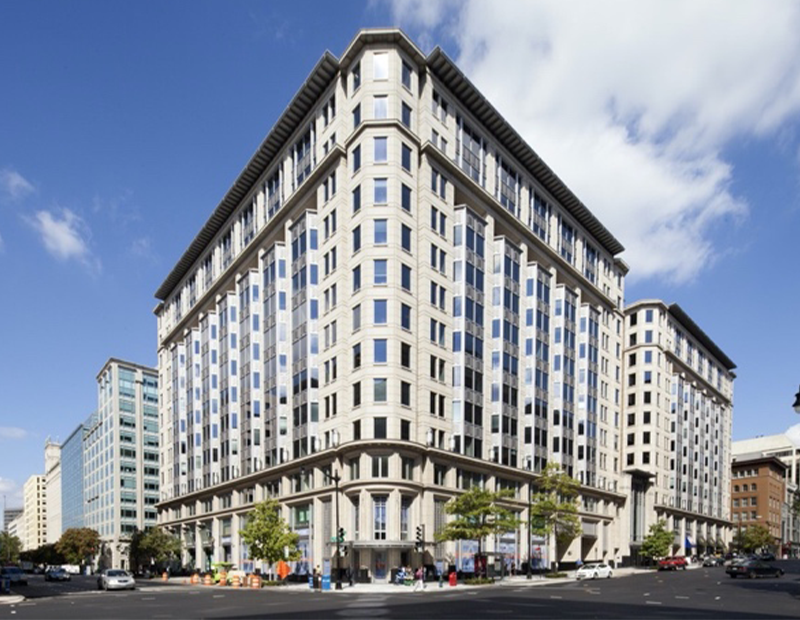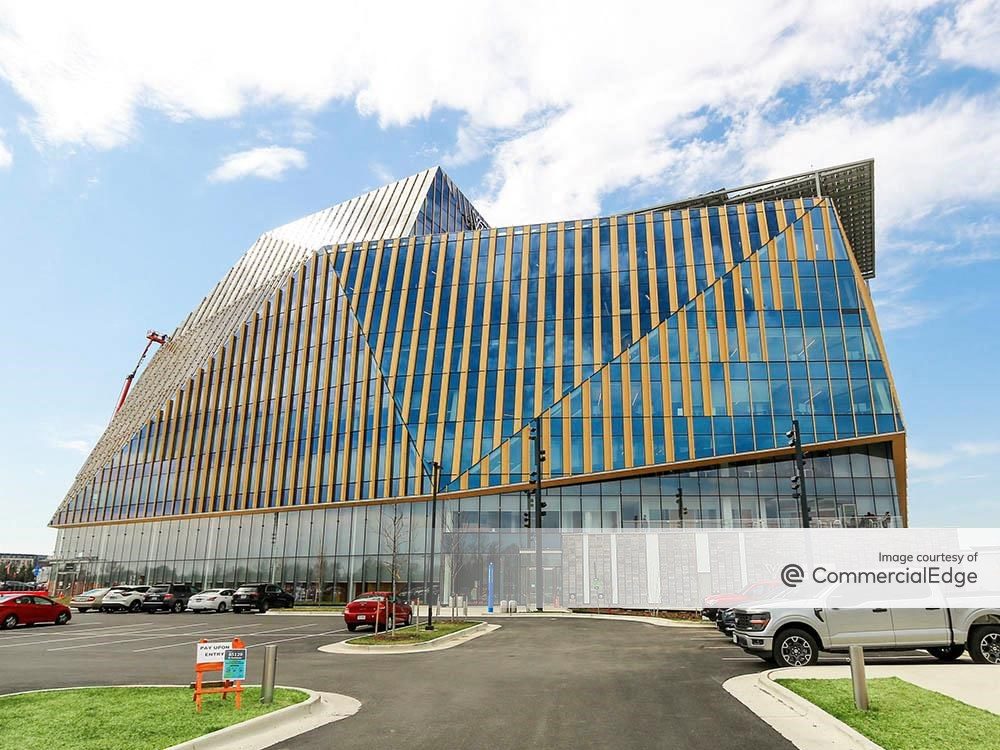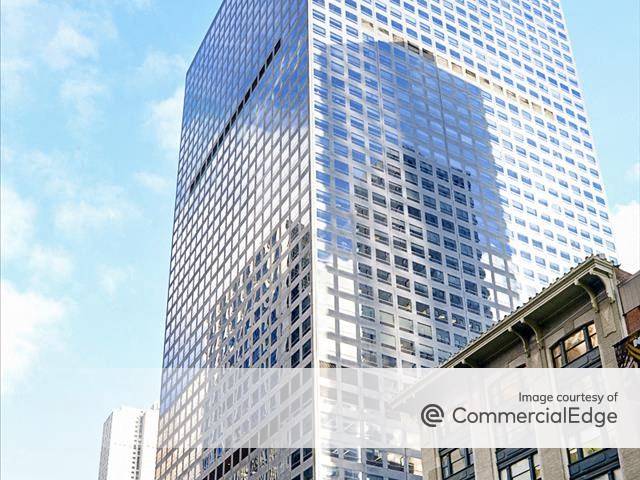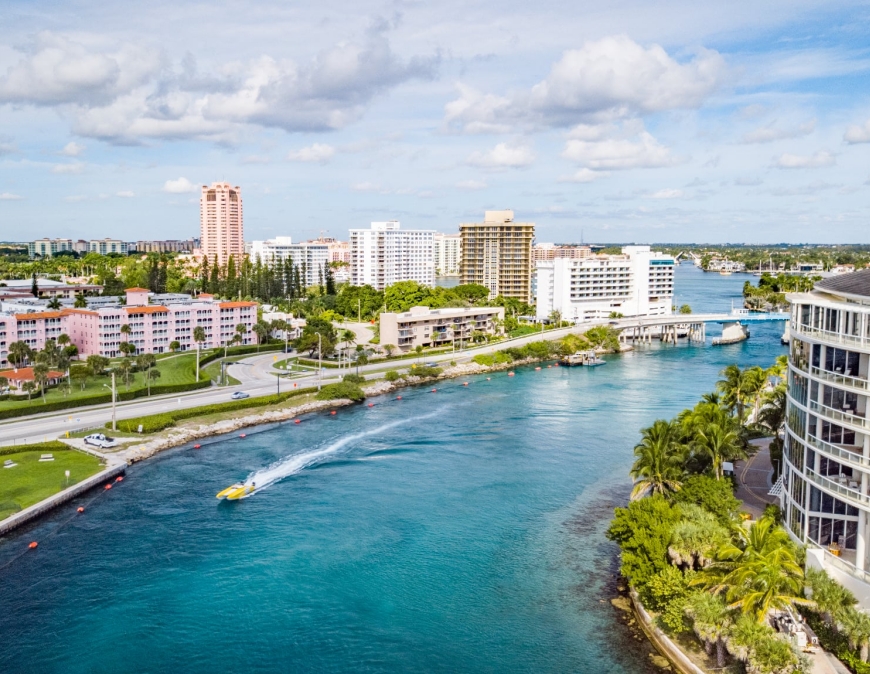Adaptive Reuse Is a Growth Lever for Data Centers
John Bonczek of 1547 Realty on how existing assets are an opportunity for these companies and local markets.

As the demand for data storage and processing soars, data center companies are increasingly turning to adaptive reuse strategies to meet growing capacity needs. Instead of solely focusing on new construction, companies are repurposing existing structures, particularly in urban areas where land and power are limited.
Although this is not a new concept, the exploding data demand, driven by AI, is requiring innovative ways to reuse existing infrastructure. By revitalizing abandoned factories, old office buildings, and obsolete industrial facilities in metropolitan areas, data center companies are reducing their carbon footprints, revitalizing urban areas, and preserving historic downtown districts, even as they ramp up to meet the increasing demand for power.
A recent McKinsey study predicts data center demand in the U.S. will grow by 10 percent annually until 2030, more than doubling power consumption during that time to an estimated 35 gigawatts annually. Meanwhile, a 2022 report by the Urban Land Institute finds the number of adaptive reuse projects in the United States has increased by 30 percent over the past decade, reflecting this growing trend.
Adaptive reuse offers numerous benefits, including:
- Land and power: Existing buildings in dense urban markets such as 60 Hudson in New York (initially the headquarters of Western Union), offer an attractive alternative, leveraging existing infrastructure and access to power and connectivity.
- Connectivity: Many adaptive reuse buildings already have network carriers located either on-site or nearby, allowing for multiple carrier access and interconnection within the facility. This creates a (literally) built-in advantage for data center operators seeking to create inventory for highly connected data centers.
- Sustainability: Retrofitting existing buildings aligns with sustainability goals, enabling companies to minimize environmental impact, reduce waste, conserve resources, and promote energy efficiency.
- Preservation of cultural heritage: According to the National Trust for Historic Preservation, there are approximately 50 million buildings in the United States that are at least 50 years old. Repurposing historic structures often contributes to the preservation of local heritage while revitalizing urban neighborhoods.
- Location advantage: Adaptive reuse allows data centers to be located closer to urban centers and end-users, reducing latency and improving network performance.
- Faster time-to-market: Repurposing an existing structure can often be completed more quickly than ground-up construction, allowing data center operators to bring new capacity online faster to meet demand.
- Commitment to communities: Adaptive reuse projects can breathe new life into neglected urban areas, creating jobs, generating tax revenue, and fostering economic development.
Major players in the data center industry are already capitalizing on the benefits of adaptive reuse, with notable examples.
Milwaukee’s Wells Building, built in 1901, was retrofitted while preserving the building’s historic facade while introducing innovative cooling and power systems such as transferring heat from servers to heat adjoining offices,
Oregon’s Pittock Block Building, constructed in 1914, housed Portland’s first electrical substation in its basement, and also served as a newspaper pressroom,
Chicago’s 350 East Cermak was once the headquarters for RR Donnelley, a printing press for the Yellow Book and Sears Catalog,
LA’s One Wilshire was a 1960’s office building, and Switch Pyramid in Grand Rapids, Michigan was a former Steelcase furniture facility that was transformed into a unique data center housed in a pyramid-shaped building. All of these historic buildings now house data centers.
However, the adaptive reuse of existing buildings can also present unique challenges, including structural limitations such as floor loading capacity, mechanical and electrical upgrades, and regulatory hurdles. To overcome these challenges, data center operators and developers must work closely with architects, engineers, and local governments to assess the suitability of a property and develop a comprehensive implementation plan.
As the industry continues to evolve, embracing adaptive reuse represents a transformative approach that harmonizes economic growth with environmental stewardship. By repurposing existing structures, companies can unlock new opportunities in urban areas, reduce their environmental impact, and preserve historic assets while bringing new capacity online more quickly. While adaptive reuse projects require careful planning and execution, the benefits they offer make them an increasingly attractive option for data center development.
John Bonczek is chief revenue officer, 1547 Realty.







You must be logged in to post a comment.